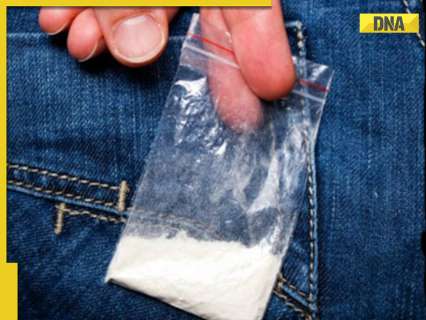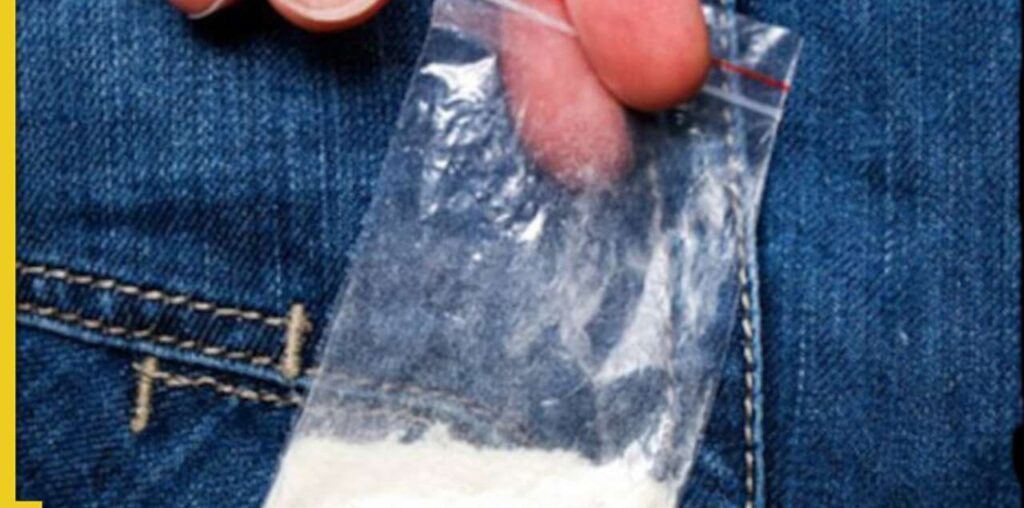
Massive growth in global drug trade by land, sea and air, has helped traffickers to thrive with impunity. Shipping containers represent the most lucrative method of transporting Cocaine, Heroin and Methamphetamine via sea.
India has become an attractive destination for drug traffickers seeking higher profits and lower risks. This is due to higher market prices and convoluted legal procedures, favouring traffickers and peddlers, and mild legal penalties for possession and consumption than in most other countries. Furthermore, Indian interdiction efforts, within the country and on the international borders, are often hampered by jurisdictional and legal issues.
Massive growth in global drug trade by land, sea and air, has helped traffickers to thrive with impunity. Shipping containers represent the most lucrative method of transporting Cocaine, Heroin and Methamphetamine via sea. The Arabian Sea, has emerged as a hotspot of illicit drugs trade. Strategically positioned at the intersection of Africa, the Middle East, and Asia, criminal networks are using this route to move drugs and arms.
On May 23, 2024, while patrolling the Arabian Sea, the British Royal Navy destroyer HMS Diamond intercepted an unflagged fishing vessel transporting about 2,382 kilograms of hashish. The seizure was the ninth interdiction of narcotic substances in 2024 by the Combined Maritime Forces, a U.S.-led naval coalition of 44 countries.
While the lack of genuine shipment documentation, serial numbers on weapons, and GPS tracking make it difficult to identify the origin and destination of seized vessels, maritime interdictions reveal a few patterns. Most trafficking vessels are stateless and operated by Yemeni, and Pakistani crews.
Indian Naval frigate INS Talwar on deployment in the Western Arabian Sea, under the ambit of the Bahrain-based Combined Maritime Forces (CMF) apprehended a suspicious dhow on April 13 2024 and recovered 940 kgs of narcotics. The frigate was part of the Combined Task Force (CTF) 150 led focussed operation Crimson Barracuda.
In a joint operation with Gujarat’s Anti-Terrorism Squad (ATS) and the Coast Guard, the Narcotics Control Bureau (NCB) seized 62 kg of methamphetamine in the Arabian Sea, on March 13, 2024. Six persons suspected to be Pakistani citizens were detained. In an earlier operation, seizure by the NCB and the Gujarat ATS, led to the largest ever quantity seized in the Arabian sea. Operation Sagar Manthan-1 led to the impounding of 3,110 kg hashish, 158 kg methamphetamine and 24 kg heroin.
Drug trafficking through sea routes in the Arabian sea, and the Bay of Bengal, accounts for nearly 70% of the illegal drugs smuggled into India. Heroin is the most trafficked drug through the sea route, but ATS (amphetamine type stimulants), marijuana, cocaine, etc., are also among the drugs seized. Among the big drug hauls by Indian agencies is the largest ever, of 2,988 kg of Afghan heroin worth ₹21,000 crores, by the Directorate of Revenue and Intelligence (DRI) at Mundra port in September 2021.
The Afghanistan–Pakistan corridor is the primary conduit for the islands of the western Indian Ocean (namely Mauritius, the Seychelles, Madagascar, the Comoros and the French Overseas Territories of Mayotte and Reunion). The region is also closely connected to the illicit dynamics affecting the Indian western coast.
The Eastern Indian Ocean region, encompassing Bangladesh, Maldives, India, and Sri Lanka faces a continuous threat from illicit drug trafficking that threatens the national security, and socio-economic development in the region, and also, is the largest consumer market for opiates worldwide. In 2021, India reported its highest volume of drug seizures in three decades on the maritime route.
In southern India the Tamil Nadu–Sri Lanka coast has been identified as an exit route for heroin smuggled in from Afghanistan and Pakistan; and the Tamil Nadu coast as a transit point for indigenously produced “brown sugar” which are further transhipped to European and American markets. Ports, such as Kochi, Kolkata, Mumbai and Chennai, are being used as transit ports for drug trafficking.
Between 2019–21, Indian agencies, in joint operations, have apprehended Pakistani boats engaged in drug trafficking off the Gujarat coast. In August 2020, the National Investigation Agency (NIA) also launched an investigation on heroin smuggling through the sea route, based on a drug seizure in Salaya (Gujarat). In November 2021, investigations by the Gujarat Anti-Terrorist Squad (ATS) into a heroin seizure made inland in Gujarat revealed that a conspiracy was hatched to divert the drugs into India.
An investigation by the NCB in 2021, unravelled the modus operandi for the “Eastern Southern Route”, that envisaged mid-sea transfer of drugs between Iranian and Pakistani fishing vessels with Sri Lankan and Maldivian fishing vessels. The detention of a Sri Lankan boat in November 2020 south of Tuticorin, with drugs, arms and a satellite phone, also pointed to drug transfer from a Pakistani dhow. 2015 UNODC report titled “Afghan Opiate Trafficking through the Southern Route”, is an authoritative reference on Pakistan’s role in facilitating production, transportation and marketing of narcotics products originating in Afghanistan and parts of Pakistan. Another research paper funded by the European Union, published in 2018 titled “The heroin coast—A political economy along the eastern African seaboard”, nails Pakistan as the key protagonist in setting up a supply chain of narcotics on the east coast of Africa.
The five coastal countries in South Asia, namely Bangladesh, India, Maldives, Pakistan and Sri Lanka, are exposed to drug trafficking because of long-entrenched maritime trafficking routes that criss-cross the Indian Ocean. Forcing drug-traffickers out of the Arabian Sea will not happen overnight.
The writer is Former Director General, National Academy of Customs, Indirect Taxes & Narcotics

